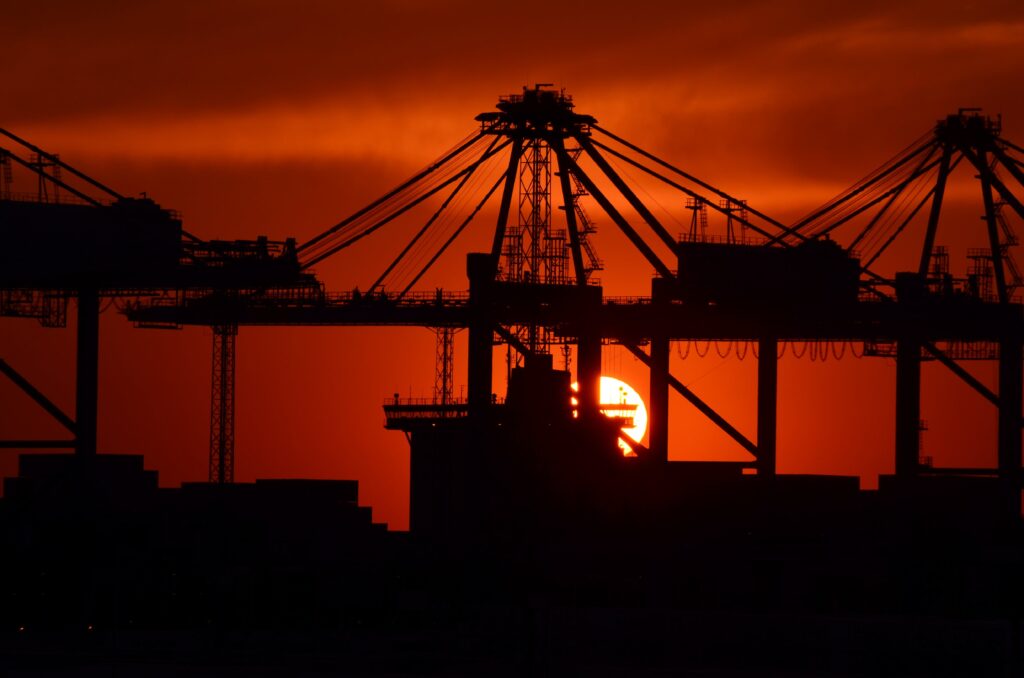7 different raw materials you can buy from home
Many traders who trade currencies also choose to trade commodities as there are many similarities between these asset classes. It is rarely specific risks such as corporate risks that drive these two asset classes, instead it is larger events, supply shocks and macro events that affect prices. For this reason, commodities can often be traded from home with most currency brokers.
Why bother with raw materials?
Why care about raw materials, and softs and grains in particular? A growing population will need more food, and one of the ways it will get it is through cereals. Raising animals and eating meat are not nearly as economical, although many people would like to meet their protein needs that way.
A growing population will require more raw materials, both in the form of food, i.e. softs and cereals, but also basic metals and energy. However, in this text we have chosen to look more closely at softs and cereals, the latter a group sometimes referred to as Ags.
Below we have listed seven of the most traded softs and grains on the world’s stock exchanges today. This is not all, for example there are exchanges that offer trading in rapeseed, milk, cheese and millet among many others.
Corn is often associated with Donald Duck on Christmas Eve, but in fact this raw material is often used for animal feed, but also to produce ethanol.
The price of corn – which usually means the price of corn futures – is closely linked to the price of energy, as corn is used to make ethanol, an additive in gasoline. Demand for ethanol may be reduced by the development of cheaper biofuels.
Cocoa originated in Latin America but nowadays most cocoa is grown in African countries such as the Ivory Coast. Together with Ghana, Indonesia, Nigeria and Cameroon, Côte d’Ivoire accounts for 70% of global cocoa production.
Like many other softs, the price of this commodity is determined by weather conditions, diseases and consumption patterns. A growing population in countries like India and China is predicted to increase the demand for cocoa.
Sugar is produced in countries like Brazil, Thailand and India but also in the EU. What was once grown as a sweetener is now widely used to produce ethanol, which in turn is used as a fuel. For this reason, the price of sugar is strongly correlated with the price of oil.
Cotton is a basic crop that is an important input for the textile, agricultural and food industries. 64% of all cotton is used for clothing, 28% for home furnishings, and 8% for industrial products. In the US, the market is estimated to be worth around USD 120 billion annually.
This raw material has received some criticism for several reasons. This is partly due to the amount of water required to grow cotton and partly due to reports of forced labor in China’s northwestern region of Xinjiang. However, the price of cotton can be very volatile and many commodity traders follow this until the right opportunity arises.
Orange juice is the smallest of the big commodities. This raw material originates in the orange groves of Spain, Brazil, California and Florida. If you decide to buy this commodity, you need to keep an eye on things like weather, consumption patterns, but also diseases that can affect orange groves. An example is Citrus Greening, Huanglongbing, HLB and Yellow Dragon Disease. Since Covid-19 struck, there has been a huge increase in interest in buying frozen concentrated orange juice.
Coffee has a thousand-year history. Originally, coffee was a religious drink, but today its religious origins are a thing of the past. This raw material is grown in countries around the equator, such as Brazil and Colombia, but also in Africa. In Asia, Vietnam is the largest producer of coffee, although it is a variety called Coffea Robusta and not the more common Coffea Arabica.
As with orange juice, weather but also diseases are important factors to keep an eye on when it comes to coffee. Keep in mind that coffee is a biennial crop, which means that higher prices for coffee now can lead to larger harvests two years ahead.
Wheat is a grain that is used for bread, among other things. It is grown in a wide range of varieties and forms, including a red variety, Red Hard Winter wheat. The consumption of cereals, especially wheat, is currently at an all-time high. Cereal production has increased, but farmers are unable to maintain a high enough production rate to meet demand. For the first time in modern times, world wheat production is now lower than wheat consumption, putting upward pressure on prices.
Commodities in the portfolio provide risk diversification
Equities and bonds are the most common asset types in financial markets. But there are many alternative asset classes that are uncorrelated with each other, which are also worth considering.
Some of the alternative asset classes have outperformed the stock market over time. For example, according to CNBC, between 1995 and 2014, agricultural investments in the US have returned 12.7% per year on average. Because it is a ‘hard’ asset that provides income, some investors have referred to farmland as ‘gold with a coupon’. Ignoring the alternative investment space can mean missing out on some pretty big returns over time.
About the Viking
With Viking’s signals, you have a good chance of finding the winners and selling in time. There are many securities. With Viking’s autopilots or tables, you can sort out the most interesting ETFs, stocks, options, warrants, funds, and so on. Vikingen is one of Sweden’s oldest equity research programs.
Click here to see what Vikingen offers: Detailed comparison – Stock market program for those who want to get even richer (vikingen.se)













